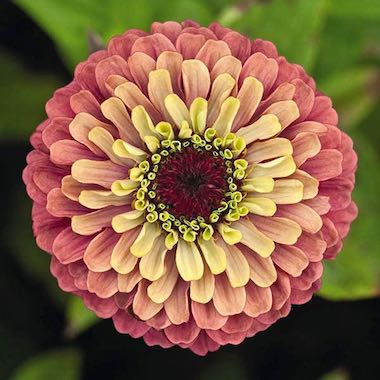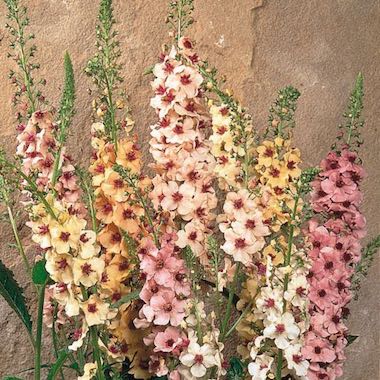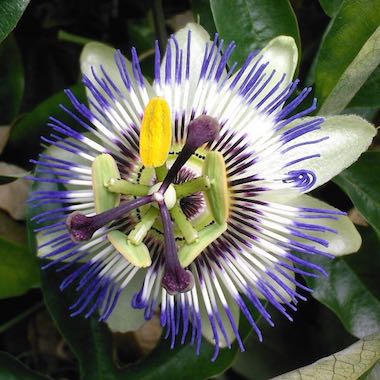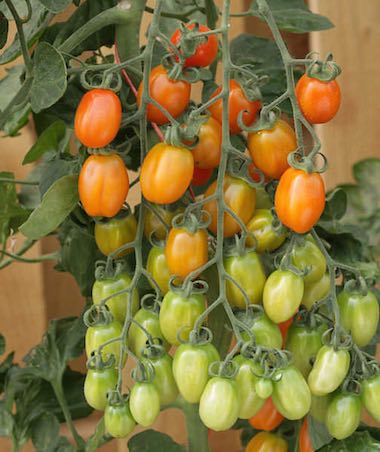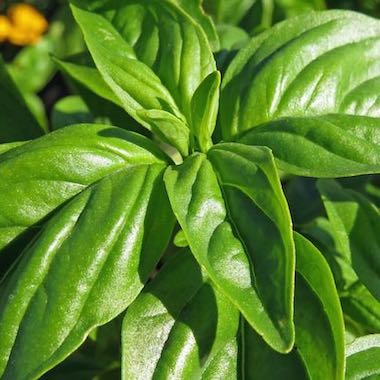Columbines have long been one of my favorite flowers, but I didn't realize how much I truly enjoyed them until I lived in Colorado and hiked in the mountains fairly frequently when weather permitted, taking photos of wildflowers I saw while adventuring with my now-husband. I began to feel as though a hike wasn't complete if I didn't spot a columbine, nodding its head under the weight of a bee, situated amongst a field of other flowers. The pale purple-blue of the outer petals, or sepals, the soft white of the inner petals, or blades, and the puff of bright yellow pistils and stamens in the center began to represent the colors an early Colorado summer for me.
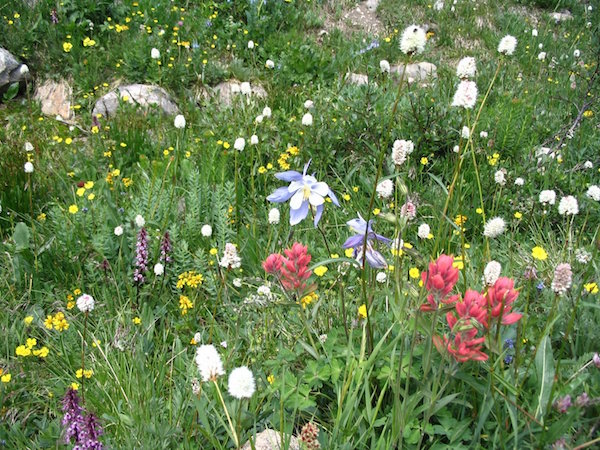
Wild columbines grow in many parts of the Western US, especially at higher altitudes, and they come in a few other colors, but this is the iconic Colorado columbine.
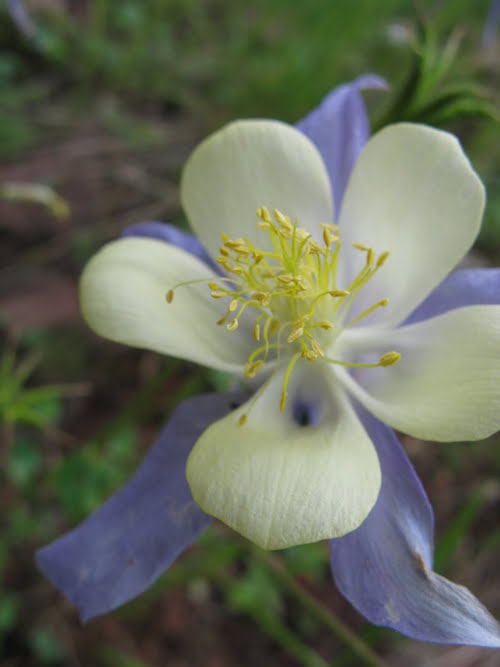
Cultivated varieties of columbines are hardy perennials, are often very interfertile, and will self-sow from seed. Columbines represent a wide variety of color, height, and appearance. Some columbines, like the Origami series, have bright white contrasting blades while others have blades that match the outer petals, like Sunshine, or even doubled petals like the Clementine series. They range in height from the dainty Dwarf White at eight inches to the stately Barlow series topping 32 inches in height, perfect for cut flowers.
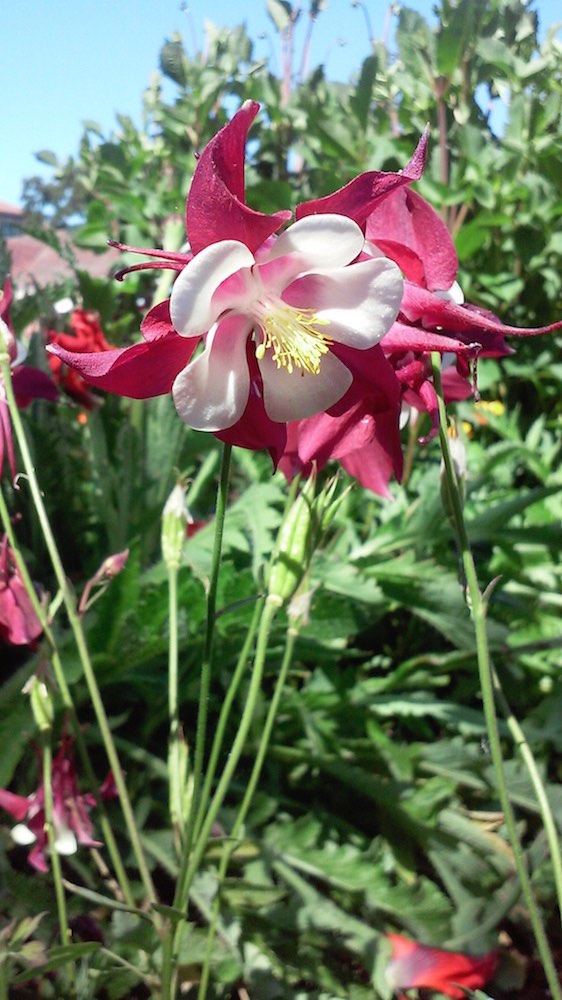
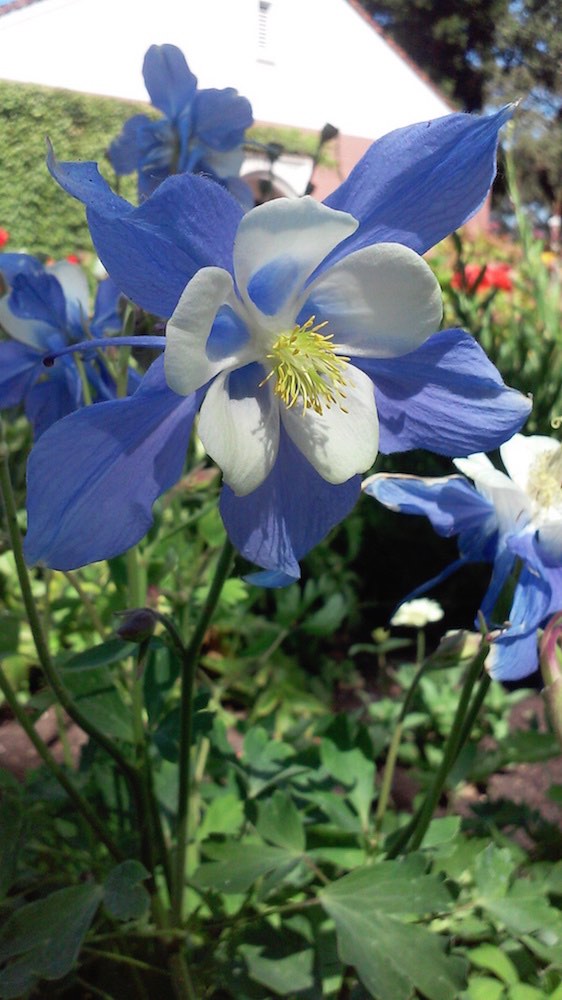
Columbines are often winter hardy, bloom over a long season. They are attractive to hummingbirds, bees, and butterflies. Columbines are deer- and rabbit-resistant and add a touch of classic color to wherever they're planted. The scientific genus Aquilegia is named for the shape of the spurs at the back of the flower, derived from the Latin word for eagle (aquila) because the spurs resemble an eagle's claws.
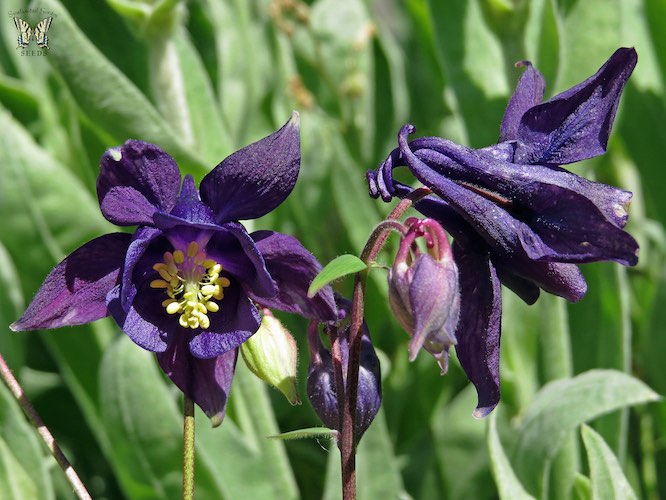
Do you grow columbine in your yard? Which is your favorite?


